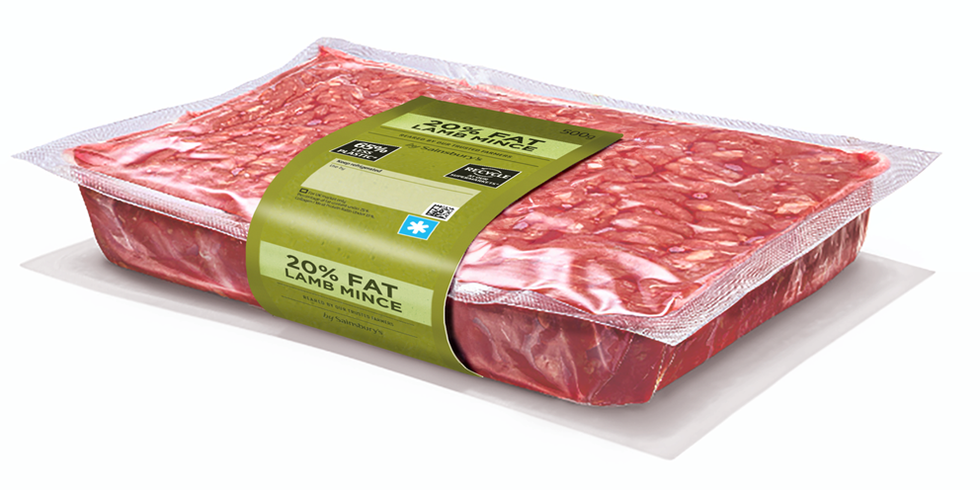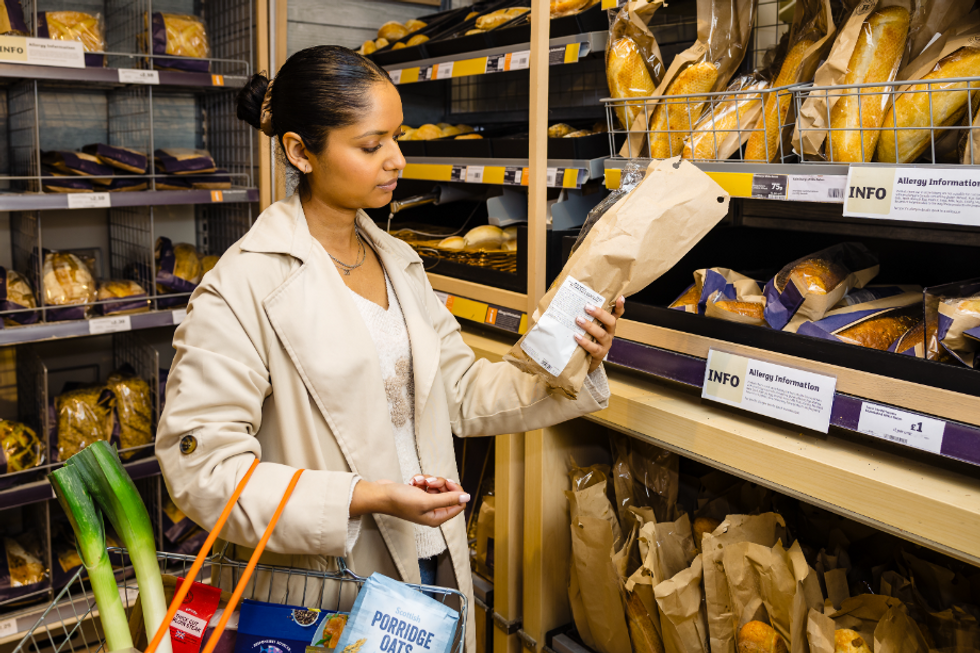Sainsbury’s has taken a significant step towards reducing plastic waste by becoming the first major UK retailer to replace plastic tray packaging with vacuum-packed alternatives for their entire lamb mince range.
This innovative change will result in a minimum 65 per cent reduction in plastic usage per product, saving an impressive 26 tonnes of plastic annually.
The supermarket giant announced the switch following the success of their market-leading vacuum-packed beef mince. Customers can now purchase lamb mince in the new packaging both in-store and online.
Director of Fresh Food at Sainsbury’s Richard Crampton said: “We know customers want us to reduce plastic packaging and that’s why we’re committed to making bold changes which benefit the environment as well as helping customers to reduce plastic waste at home.

Lamb mince will be packaged differently
SAINSBURY’S
“Once again, we’re the first major supermarket to switch to vacuum-packed packaging on a popular product that our customers buy week in, week out. This change more than halves the plastic used in our lamb mince range.”
The new vacuum-packed packaging offers several benefits beyond plastic reduction.
It removes all oxygen, which typically causes food to spoil more quickly, thus extending the product’s shelf life and improving its freezer storage capabilities.
The lamb mince products will maintain the same quality and quantity that customers expect from Sainsbury’s. New QR codes on the packaging will provide cooking advice.
Sainsbury’s is committed to making the new packaging recyclable. Customers can recycle it at in-store flexible plastic recycling collection points available in all Sainsbury’s supermarkets.
This change is part of Sainsbury’s broader commitment to halve its use of own-brand plastic packaging by 2025. The retailer has already made significant strides, including being the first UK supermarket to vacuum pack all its beef mince.
Sainsbury’s continues to make strides in reducing plastic waste across its product range.
Earlier this year, the supermarket announced a significant change to its mushroom packaging, switching from plastic to cardboard for all own-brand varieties. This move alone is expected to save over 775 tonnes of plastic annually, marking the retailer’s largest plastic reduction initiative to date.
The supermarket is now turning its attention to in-store bakery products. In the coming months, shoppers can expect to see changes in the packaging of doughnuts, pastries, and bread.
LATEST DEVELOPMENTS
 The supermarket hopes to tackle plastic waste
The supermarket hopes to tackle plastic waste
SAINSBURY’S
Sainsbury’s plans to replace plastic clam-shell packaging with cardboard and paper alternatives for these items. This switch is anticipated to result in a 90 per cent reduction in plastic use for these bakery products.
These changes in bakery packaging are part of Sainsbury’s ongoing efforts to reduce plastic waste across its product range.
These moves aligns also with Sainsbury’s broader goal of halving its own-brand plastic packaging by 2025.